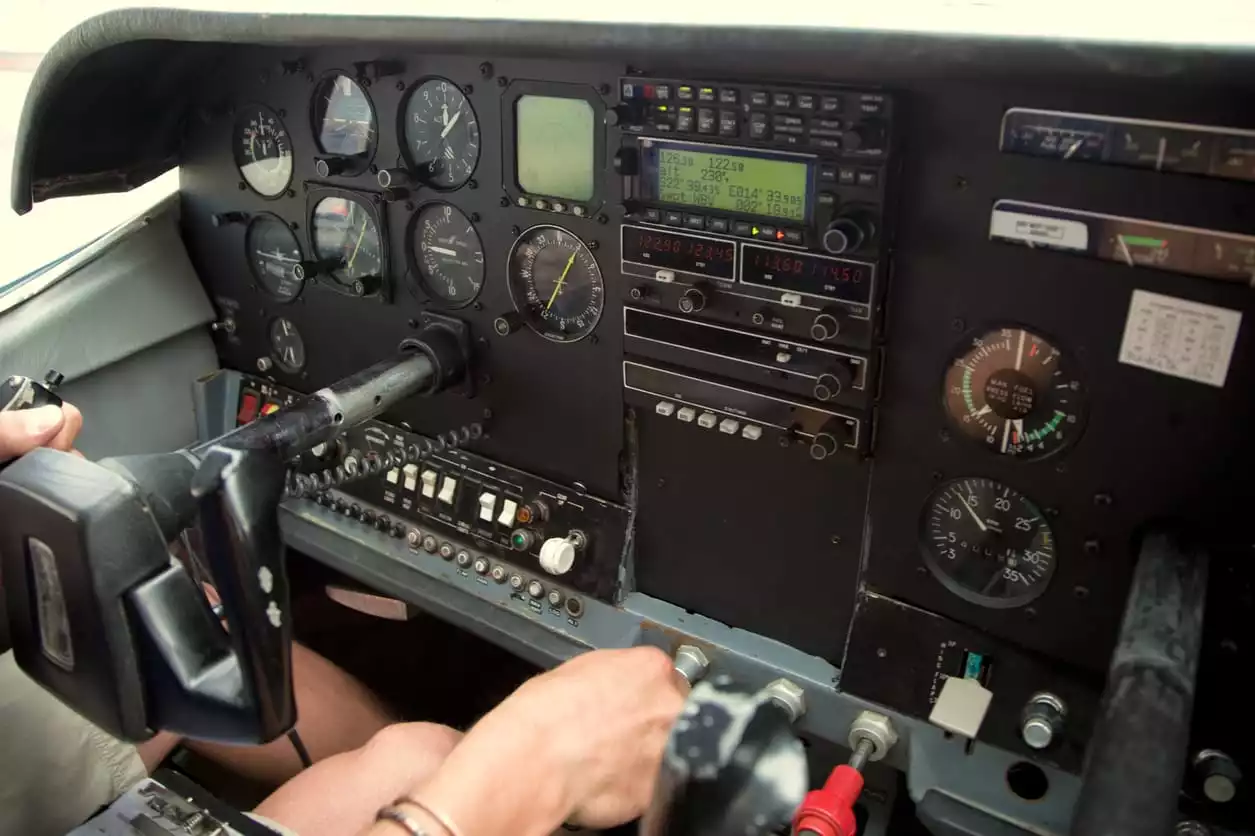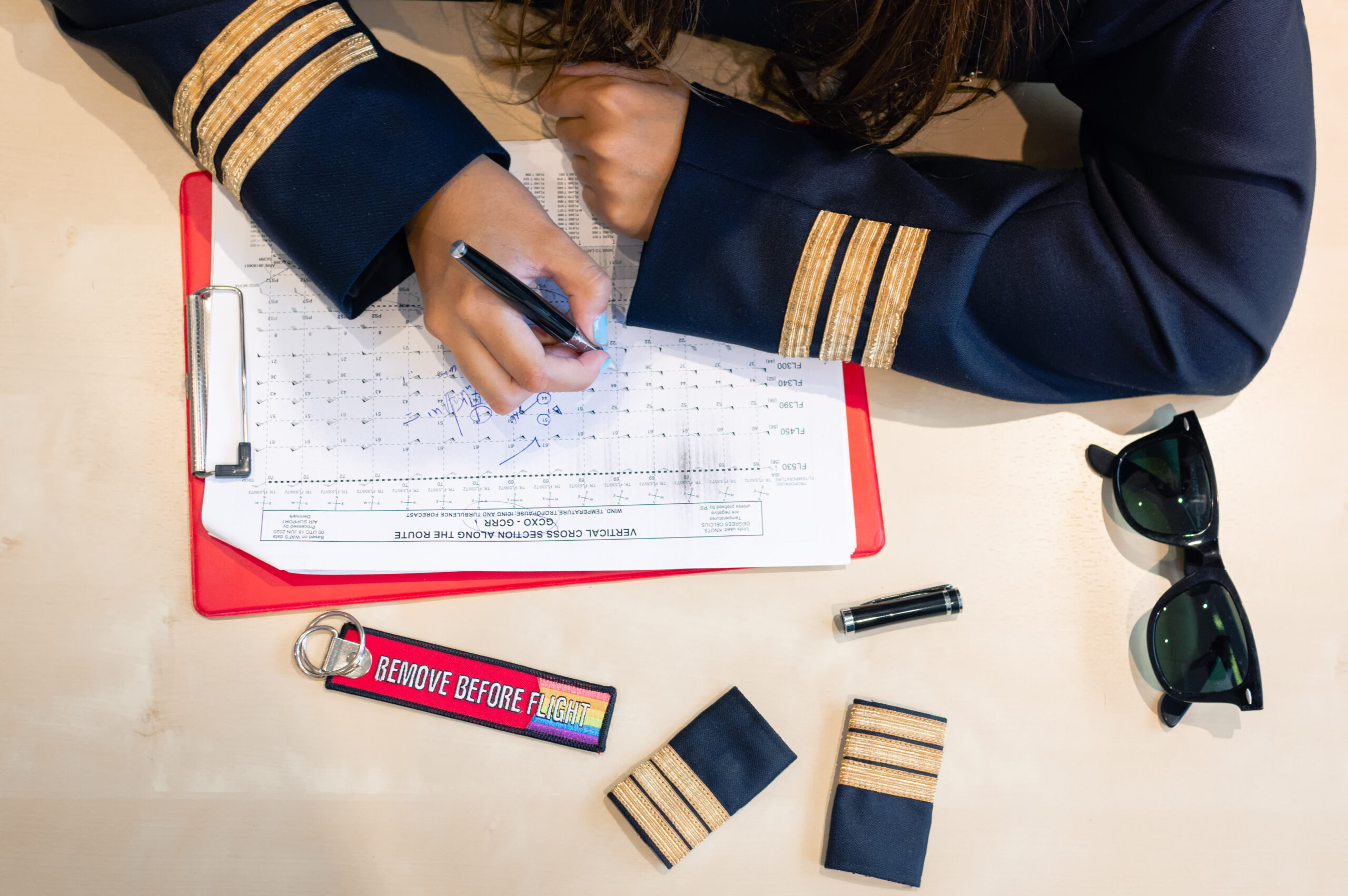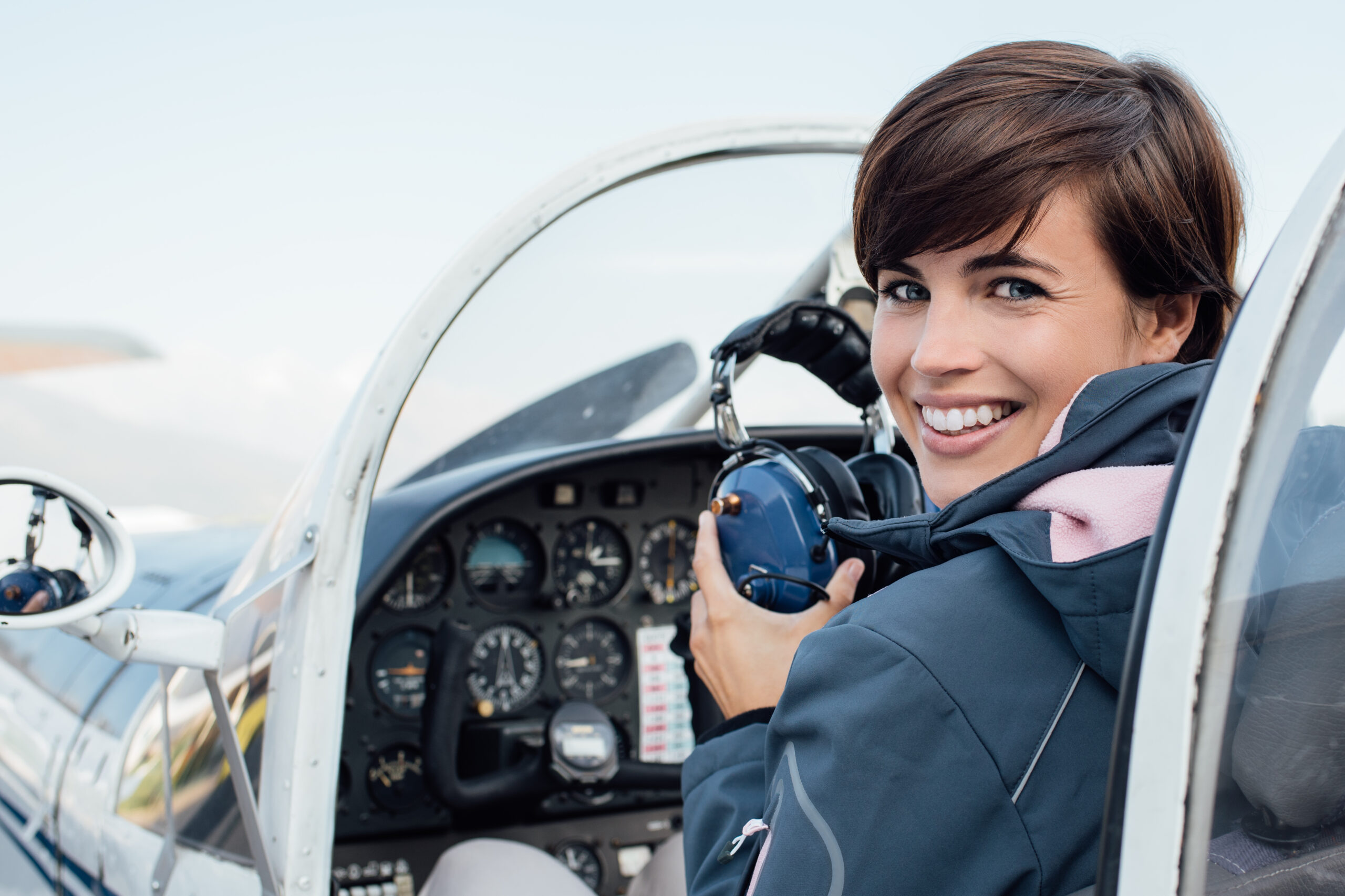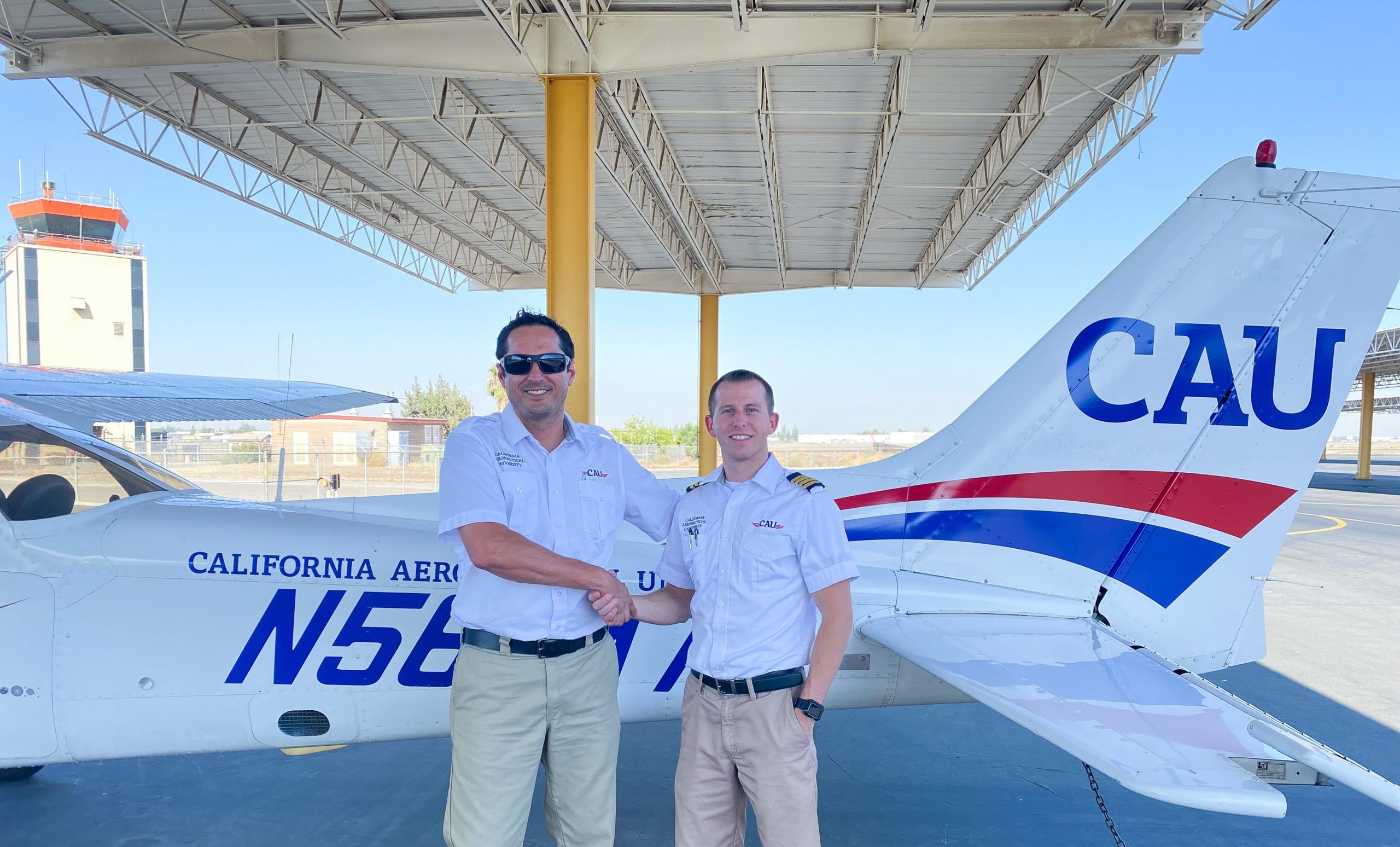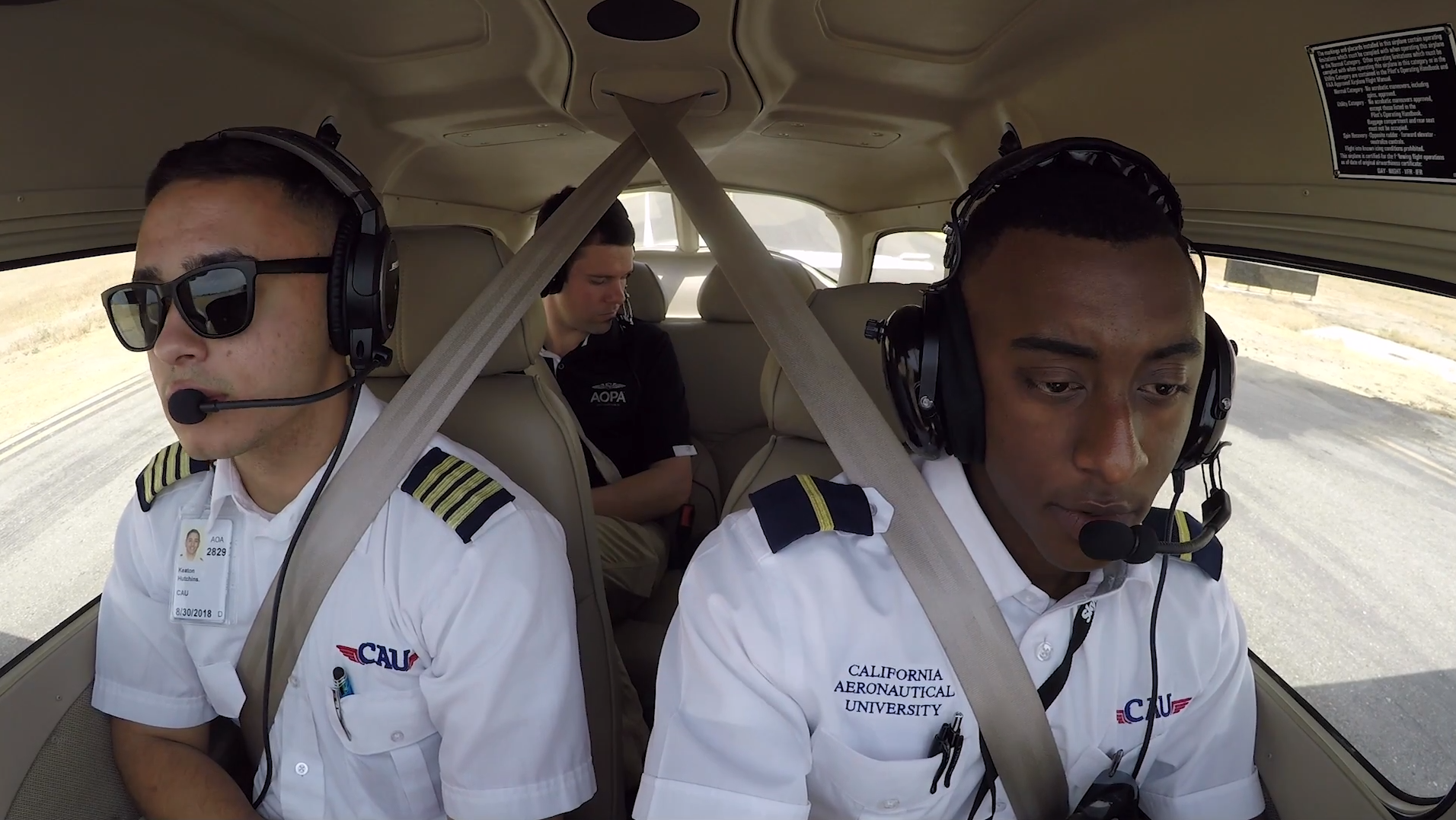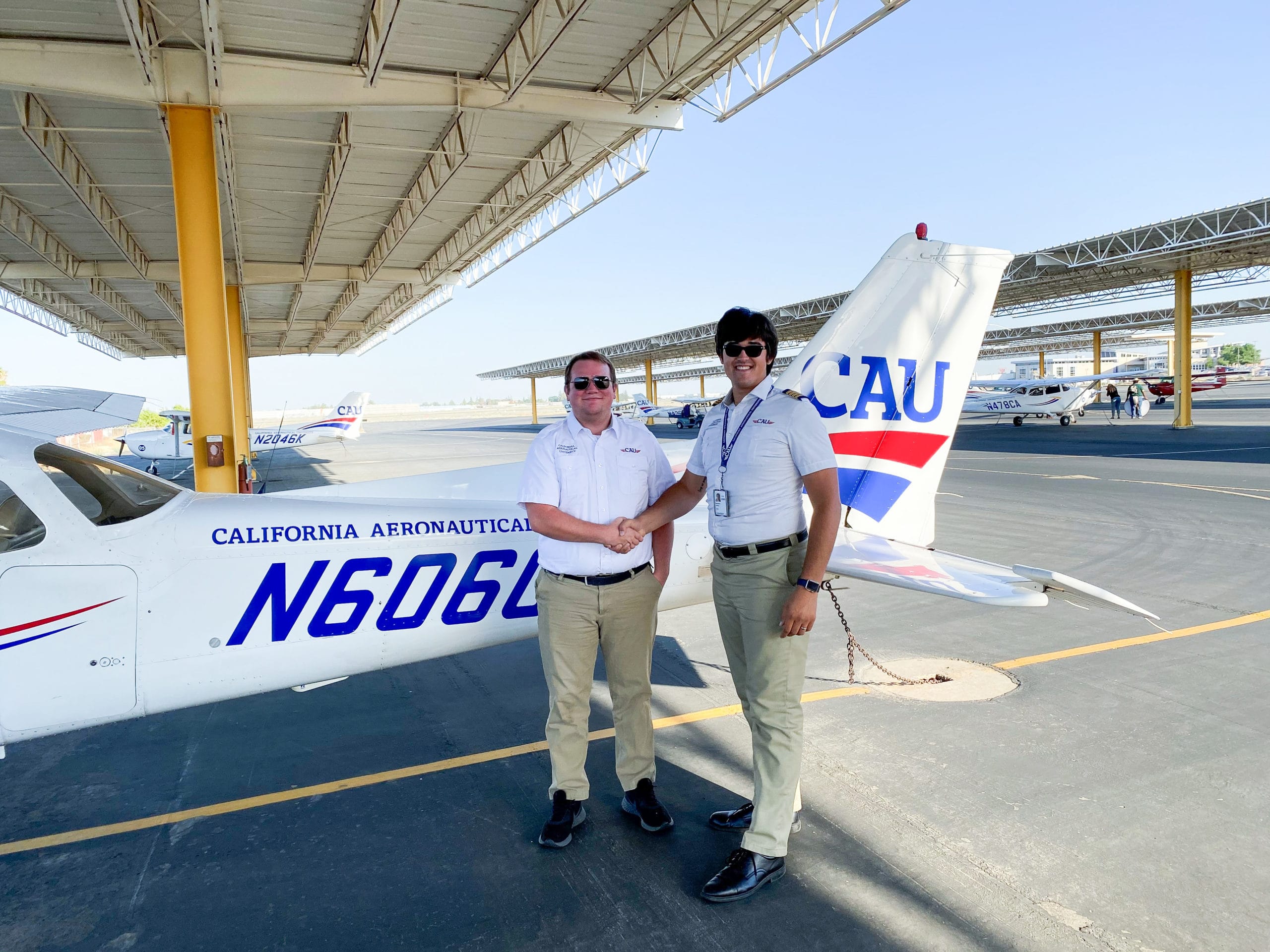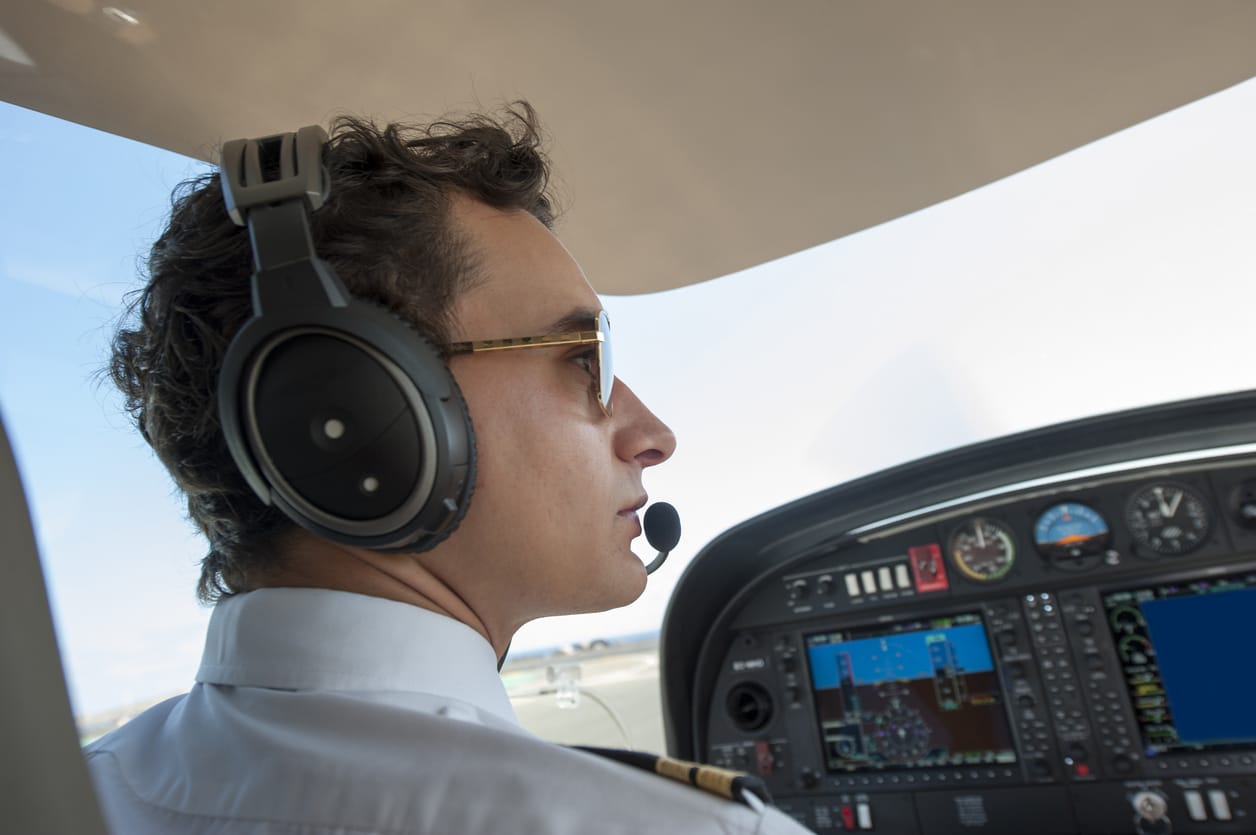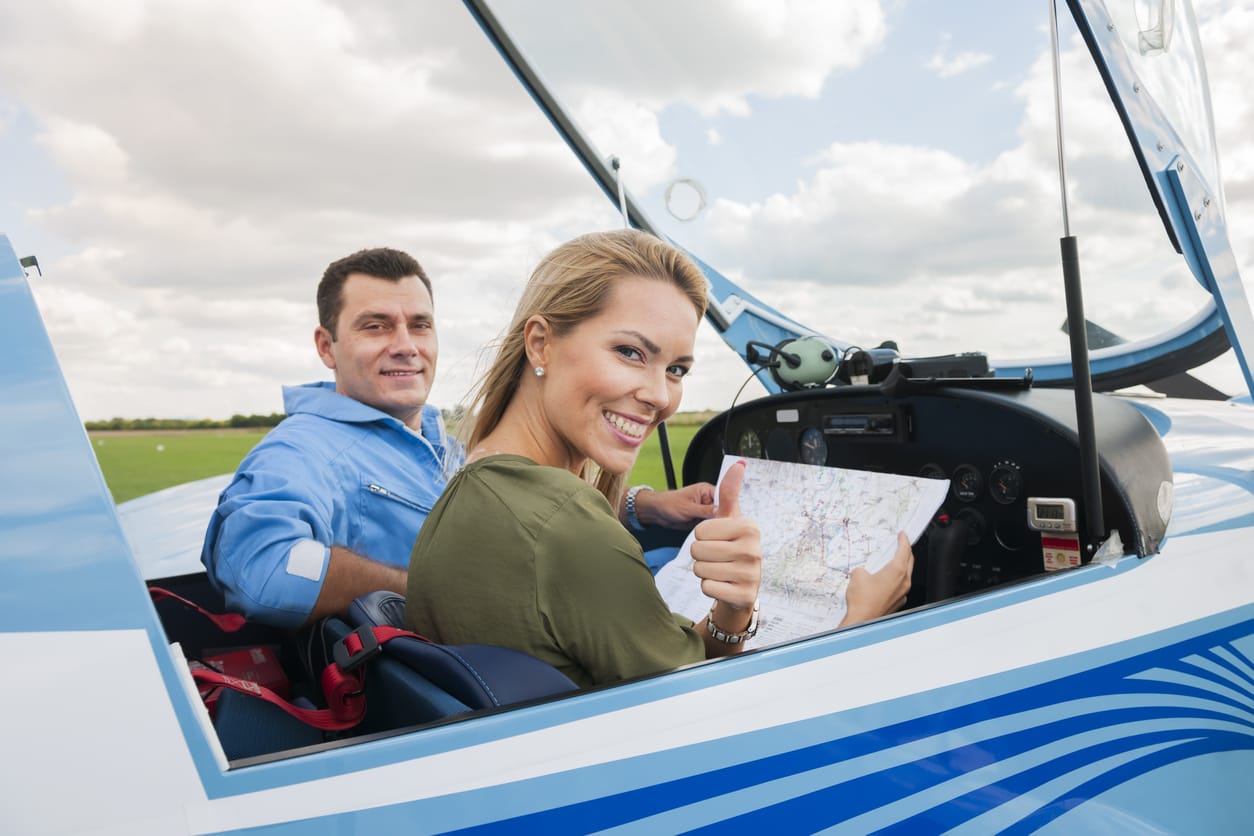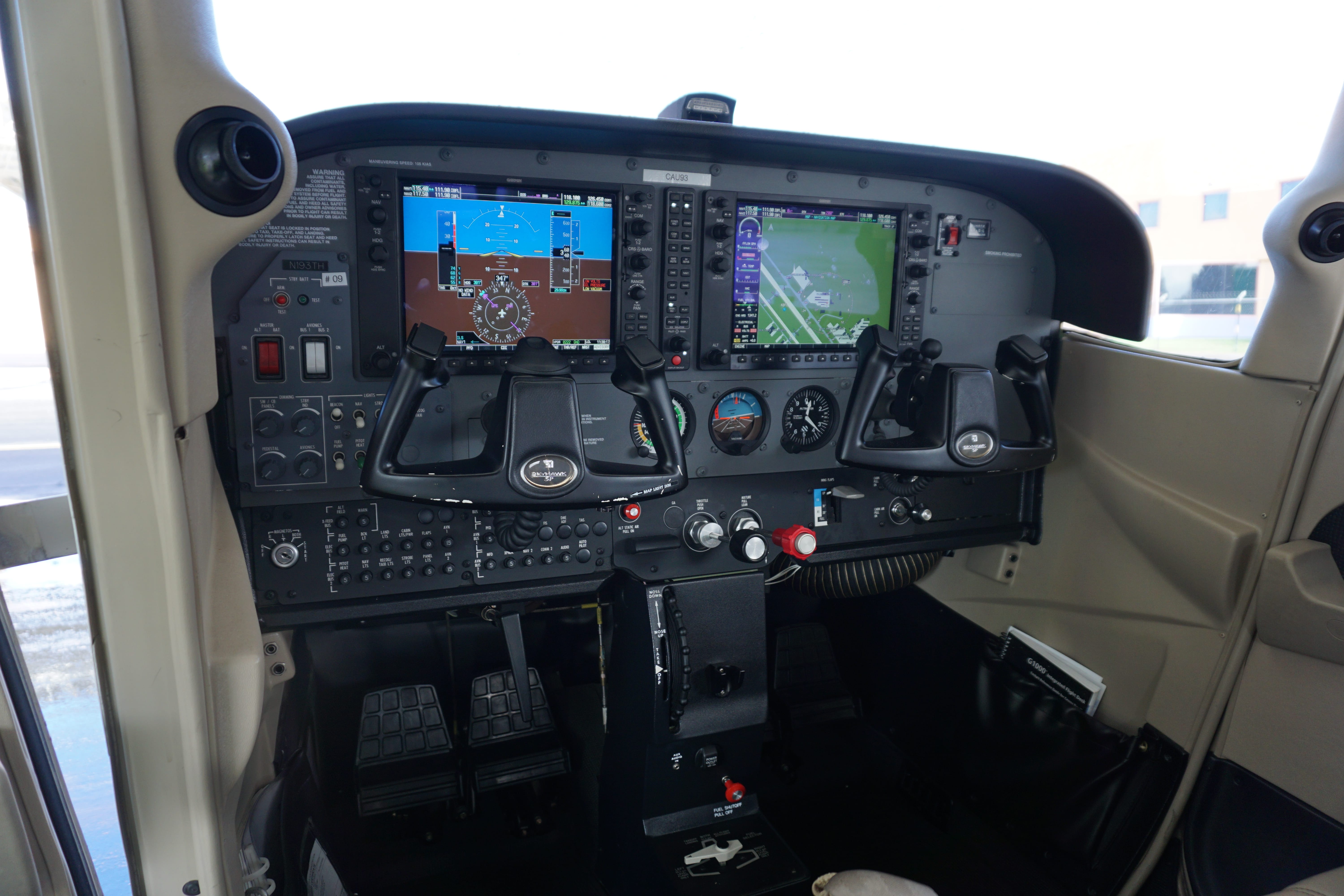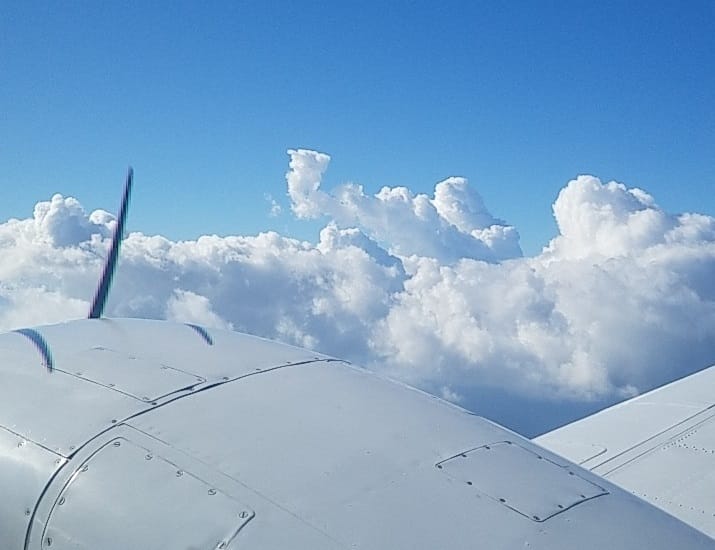People pretty much know how to behave as passengers on a jetliner as opposed to small planes. Sure, some people, the outliers, do ridiculous things like argue with and threaten the flight attendants (federal offense!), or try to open the cockpit door or escape doors during flight. Instead, we the majority tighten our seat belts when we’re supposed to, return our trash to the attendants who must pick it up prior to landing, move our seat backs into the upright position before takeoff and landing, and we remain pretty quiescent during our aeronautical trips. Nice.
That’s for major airliner passengers.
How about passengers in small planes, like “private planes” that might seat just two to six people, or even mini-commuter planes like some of the smaller puddle-jumpers in Alaska?
Most of us don’t really know how to act when we’re passengers in these small planes. The environment is so very different. Sometimes we could actually touch the controls or the instruments; sometimes if we sneeze, the captain will be inhaling our germs. We might even talk too loudly to our fellow passengers, interfering with formal ATC (Air Traffic Control) communications. Boy, it’s a different world up there.
Let’s have a look at a few of these faux-pas, partly for fun, but also thinking about those that may compromise comfort of others or even threaten the safety of the flight in small planes.
#1: Mini-Explosions in the Cockpit
We’ll begin with a seemingly-innocuous error that passengers can make: Taking a canned or bottled soda onboard any type of small planes.
Airliners control “cabin altitude,” typically keeping it between 6,000 to 7,000 feet MSL. (MSL means above mean sea level; it’s the pressure we would experience at the beach. All pressures in this article will be MSL). Even if the airliner is flying almost 40,000 feet, the air pressure in the cabin will go no higher than what one would experience at 7,000 feet. That’s good, because it keeps us alive: Oxygen partial pressure above about 14,000 feet is actually dangerously low for brain function, and pressure as low as 6,000 feet can interfere with vision and more.
Open a soda-popper on an airliner and you’ll hear a clear “whoosh” as the trapped gasses exit the bottle. Maybe a few extra bubbles. So far, so good.
In small planes above about 7000 feet, opening a soda pop could create a liquid explosion and some very loud noise. Although the liquid shooting out might not be inherently dangerous, the very loud “pop” could scare certain foul things out of the pilot’s body, causing him or her to jerk the head and arms. Jerking the stick or yoke that controls some flight control surfaces could result in a pretty wild ride. If those surfaces were jerked hard enough, it just might overstress the airplane. The result would not be good.
#2: Unsecured Pets in the Cockpit
Dogs and cats and such that are used to being driven around in cars can still panic if in an airplane. Airplanes – particularly small planes – are usually pretty loud in the cockpit. Most pilots will provide headsets for the passengers not only to make it easier to talk with each other, but also to reduce the ambient noise. There is a major move in industry now to sell noise-cancelling headsets for that very reason.
We don’t have these headsets for pets.
Along with the noise, there’s considerable vibration. This is completely normal, but does the kitten know that? Does the dog know that he may be pushed down in the seat (during a climb) or begin to float out of the seat (a rapid descent)? Nope.
Animal reactions to these things can be severe and happen very quickly. This does not bode well for the pilot’s ability to maintain control of the aircraft, especially when a cute little pet decides to lodge itself beneath the rudder pedals.
The lesson here is that, if a passenger is considering bringing a pet onboard small planes, the pet should be in a closed carrier or on some kind of very short leash the owner controls at all times.
#3: Crashes are Imminent for All Aircraft, Right?
You’ve heard of “white-knuckle” air travelers. These people, sadly-ignorant of the amazing and ever-increasing levels of safety in the aeronautical world, from pilot training to airplane manufacture to operational protocols, always assume that the airplane they occupy is on the verge of a crash.
They hold onto the seat dividers and pull up (thus the “white knuckles”), hoping to keep the airplane in the air. When they feel a slight bump from turbulence (known to these people as mysterious “air pockets”), they watch out the window, if they are brave enough, ready to observe the wing separate from the fuselage as the airplane plummets toward the earth and instant doom.
In small planes, this ignorance effect is significantly worse. The ignorant assume that the larger airplanes are automatically safer airplanes. They believe that “small planes” must be instant death traps.
One of the most serious, illogical extensions of this phenomenon is that passengers assume that any time a pilot shakes his or her head, purses the lips, makes an apparently-incomprehensible comment, or says a swear word, all such actions herald the imminent end of life.
Part of the solution for this is for the pilot to be aware of these unfortunately-natural human reactions and to attempt to limit his or her verbalizations and body language. A pilot who has enough self-insight to be aware that he or she has made such an inadvertent announcement should explain at the earliest opportunity why it happened and how the airplane will still remain safely in the air.
#4: Back-Seat Pilots
You’re driving in the right lane along a four-lane boulevard downtown in your car, and you have a friend in the front passenger seat. There’s a bicyclist about half a block up, and she’s weaving in the space between the parked cars and a couple of feet into your lane. As you discuss the latest news from the radio, both you and your passenger are keeping an eye on the two-wheeler.
Suddenly, as you near the bike, it veers halfway across your lane. Your passenger slams his foot to the floor in front of him and yells. He has crashed his foot to the floor onto the brake that’s not there reflexively. He’s a back-seat driver.
You, on the other hand, have already checked the lane to the left of you and, knowing it was empty, swerved slightly to the left to avoid the errant bicyclist.
No harm done. Maybe your friend in the right seat is a little embarrassed.
Now let’s look at this in an airplane. Most small planes have a full set of hand and foot controls before both front seats. The foot controls take care of the rudders (which yaw the airplane left and right along the vertical axis) and the brakes. If someone were to smash his or her foot down onto one of the rudders, the airplane would enter an unanticipated yawing motion and, in the worst cases, could stall or spin.
If a pilot has a known back-seat-pilot-passenger like this, he or she may be asked to sit on the legs or sit in the back seat for real while flying in small planes!
#5: The Big Talker
Airline pilots must follow the sterile cockpit rule that says that there can be no conversation that isn’t relevant directly to the flight during the first 10,000 feet of takeoff and landing. This is because any distraction could reduce the safety of flight which depends primarily on the pilots’ attention being focused solely on flying duties.
Here comes the overly-chatty passenger in small planes. Now, don’t get me wrong: Talking with the pilot during a flight can be a fun and enlightening experience. Fascinating, even. The pilot should let you know during the initial passenger briefing when it will be appropriate to converse with him or her.
The passenger who, despite knowing better, could distract the pilot of small planes. It is interesting that the FAA (Federal Aviation Administration) is so aware of this that, during most pilot flight testing, the aviation examiner will deliberately attempt to distract the pilot to ensure that the pilot certificate candidate can handle the distraction and keep it from interfering with the safety of flight.
When faced with incessant talking during periods when the pilot must pay exclusive attention to flying duties, some pilots use the “talk to the hand” technique. If you’re a passenger and talking away and the pilot shows you his or her palm, quiet down and wait for a signal that conversation is okay again.
#6: The Small Planes Cockpit Stinker
You’ve heard the old “fart in the spacesuit” jokes, right?
This won’t take long to describe. We’re talking about private planes here, with relatively small cockpits.
If a passenger’s last night’s meal or this morning’s repast was replete with beans and/or broccoli and/or cauliflower, maybe chili to boot, generally that passenger doesn’t belong in a cockpit. A pilot cannot fly if he or she cannot see or breathe.
Enough said.
#7: The Granddaddy of Them All: Touchy-Feely Follies
The following is a true story.
As you may know, small planes pilots must preflight airplanes before they even start the machines up. The preflight checklist is a very careful, choreographed set of observations the pilot must make to help ensure that everything is proper, from the inside to the outside of the airplane. If there will be a non-pilot of any kind (including a passenger) outside the airplane during the exterior preflight, the pilot must provide that person with a briefing out there in addition to the later, main briefing inside the cockpit.
One day, a very bright, accomplished passenger was about to go on a flight, and his pilot gave him an exterior pre-preflight briefing. It went something like this:
Tom, as I check everything outside the airplane, feel free to look and ask me questions about anything I’m doing. But you must not under any circumstances touch anything without checking with me. That goes for even something that looks as innocuous as these little plastic things sticking out of the wings. They can give you an electric shock if there’s static electricity buildup on the aircraft skin. So just ask first, okay?
Tom agreed.
During the preflight, the pilot needed to walk around the wing to ensure that a switch inside the cockpit was turned off. While the pilot was sticking his head in the cockpit, Tom grabbed and spun the propeller!
If the small plane’s propeller had been energized (it wasn’t in this case), that move could have cut off his hands or worse.
Sometimes a passenger will point to a control on the cockpit panel (or even move it!), and that is never a good thing unless the pilot has asked you to do it. The captain will almost certainly be able to recover from whatever the passenger did, but it won’t be pretty.
The moral: Listen to your pilot and believe in what he or she says like it’s the truth. It is!
Conclusion
As you’ve seen, there are innumerable ways that passengers in small planes can make mistakes. Some of them are hard to control (like the pedal to the floor), while others are definite “don’ts.” We certainly haven’t covered all of them here.
The reality is that passenger errors rarely really create any problems for a flight. Accident reports almost never note a passenger having any culpability for an in-flight problem.
Being aware of just how important it is to follow the pilot’s instructions can help minimize any potential issue and make small planes flights all the more enjoyable.
Ready to soar in your aviation career?
Mr. Matthew A. Johnston has over 23 years of experience serving various roles in education and is currently serving as the President of California Aeronautical University. He maintains memberships and is a supporting participant with several aviation promoting and advocacy associations including University Aviation Association (UAA), Regional Airline Association (RAA), AOPA, NBAA, and EAA with the Young Eagles program. He is proud of his collaboration with airlines, aviation businesses and individual aviation professionals who are working with him to develop California Aeronautical University as a leader in educating aviation professionals.
